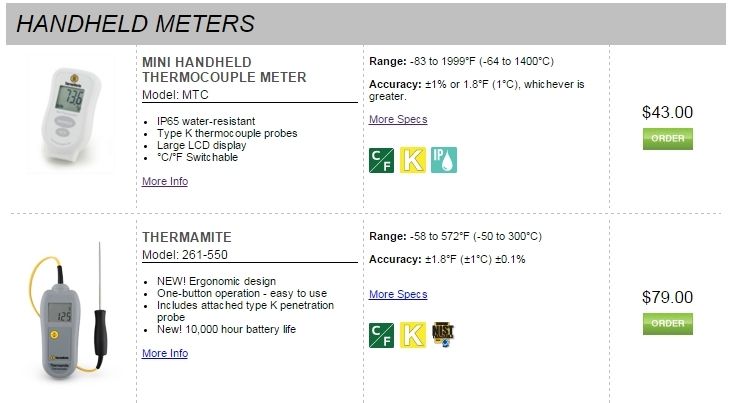+1 Frankenmauser.
I either cast a combination of 50% lead, 50% linotype, at about 650-680 degrees, or 20 to 1 at 700-725 degrees in my Saeco moulds that call for taracorp alloy. If you haven't bought one yet, the Lyman thermometer has temperature ranges for various alloys printed on its face to help the caster find a good range for his alloy. Oddly, the harder alloys pour well at lower temperatures.
Just recently I had to return a 45-70 Lyman mould that cast 4 thousandths out of round and I no longer remember how much too small. I prefer to have bullets cast just a little large to be sized down than to be cast too small.
Was a day when Lyman moulds were the cat's meow. I think maybe that day has passed, sadly. I am lucky to have lived in those halcyon days of Lyman moulds. There are a number of custom mould makers whose products will do exactly what you want, and they aren't all that much more expensive, at least when you take into account the aggravation of a product that doesn't do what you want it to do for you, using your alloys. NOE and Accurate are a couple that come to mind, I'm sure there are others. Heck, sometimes you will strike it rich on Lee moulds too, but again that's a crapshoot.

